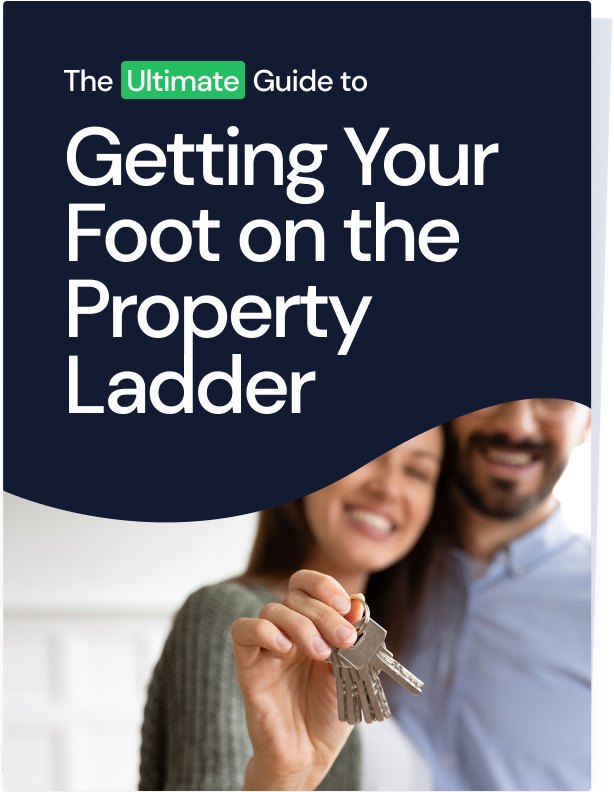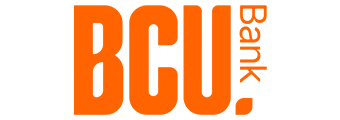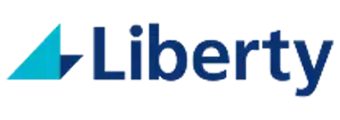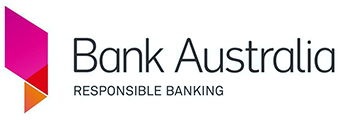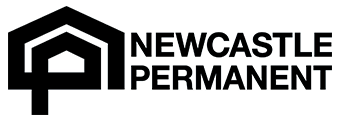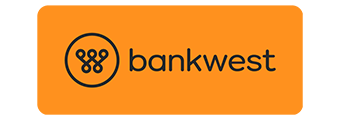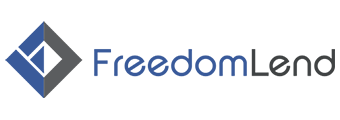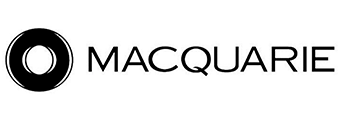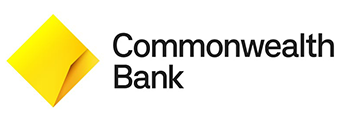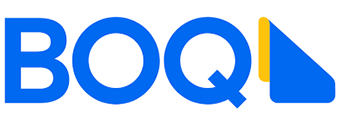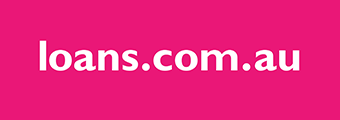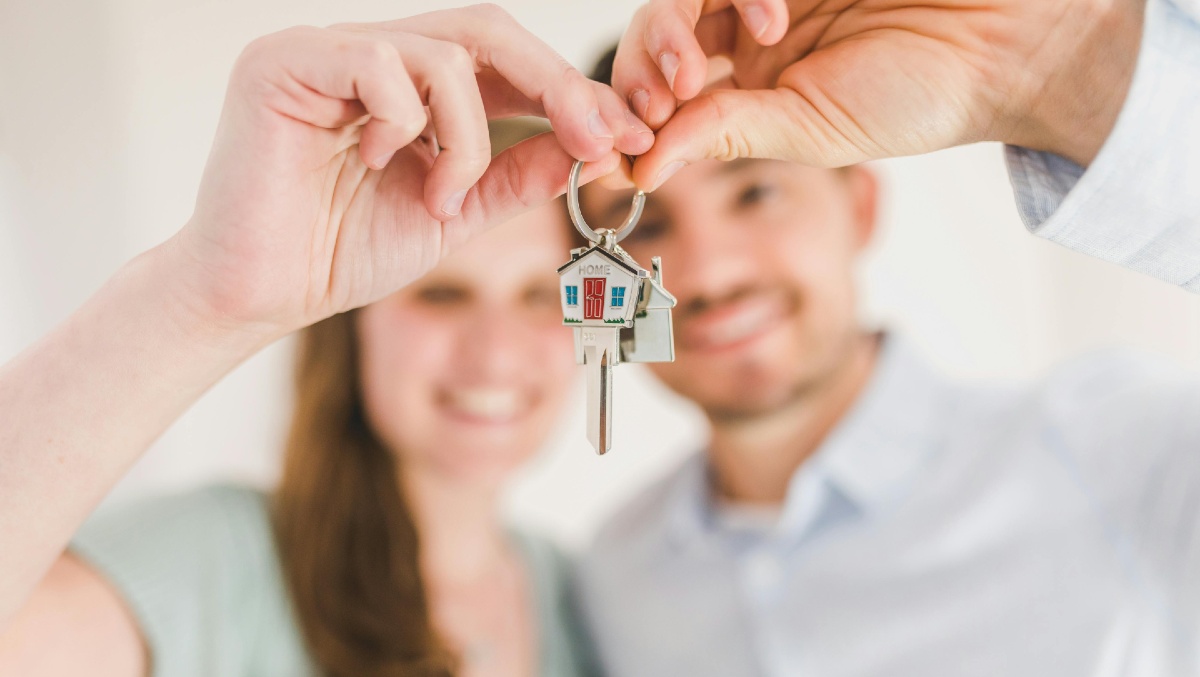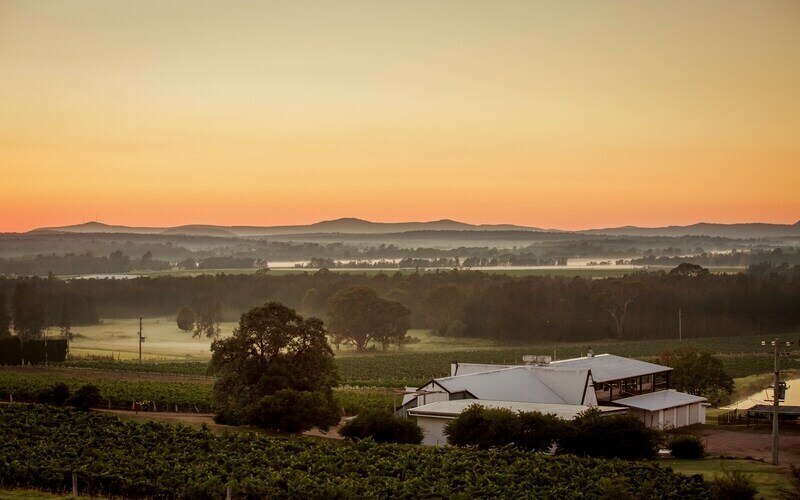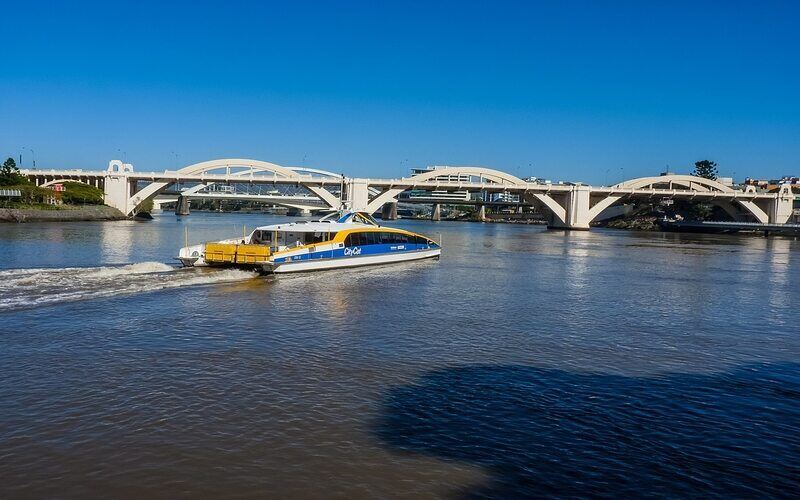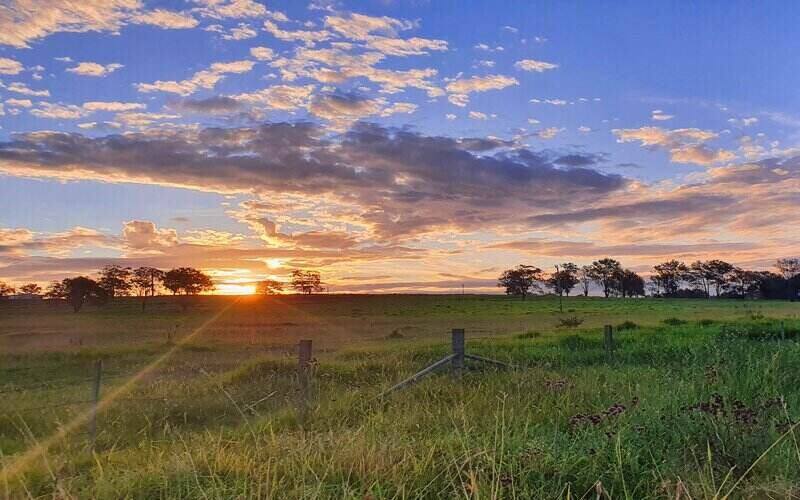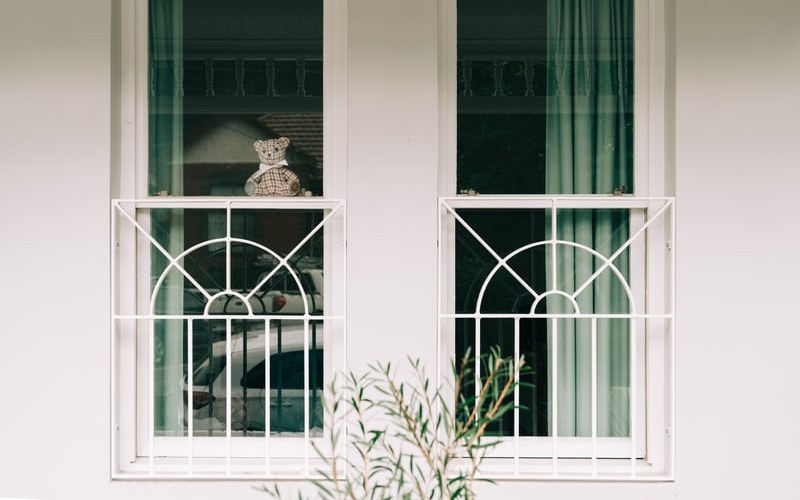Fact Checked
First home buyers in Australia
Despite what you might have heard, things may be starting to look up for first home buyers in Australia. According to Australian Bureau of Statistics (ABS) data, first home buyer lending accounted for 36.6% of all new owner occupier home loans in September 2024.
It seems Australians are still looking to gain entry into the housing market despite rapid growth in property values and relatively high interest rates over recent years.
To give first homebuyers a leg-up onto the property ladder, there are also a range of government schemes and concessions designed to help you get into your own home sooner. Chiefly, there are the First Home Owner Grants (FHOG) where state and territory governments kick in some cash towards your first home purchase.
But even with that added support, is it really that simple? Here's an overview of what first homebuyers need to know.
First home owners stamp duty concessions
Many states and territories also extend stamp duty concessions to first homebuyers to ease the cost pressures of buying their first properties.
In recent years, stamp duty costs - the state- or territory-levied transfer tax you pay when purchasing a property or vacant land - have increased significantly.
For example, a $500,000 owner-occupied dwelling in New South Wales will set non-first home buyers back more than $17,000 in stamp duty fees based on current regulations.
These reductions and discounts assume you meet the eligibility criteria, which we'll cover below. There are also broader stamp duty concessions available to other buyers as well.
As at January 2025, these are the concessions available to first home buyers:
| State | Stamp duty concessions |
| New South Wales |
No stamp duty on properties up to $800,000 and vacant land up to $350,000. Discounted stamp duty for properties between $800,000-$1,00,000 and vacant land between $350,000 and $450,000. |
| Victoria |
No stamp duty on properties up to $600,000. Discounted stamp duty for properties between $600,001-$750,000. First home buyers may be eligible for a full exemption or a concession depending on the value of land they purchase, and conditional on the purchaser building and moving into a residence on the earlier of 12 months on the date you can lawfully live in it, or 36 months of the settlement date. |
| Queensland |
Before 1 May 2025, no stamp duty on homes valued at under $800,000 and vacant land under $500,000. From 1 May 2025, no stamp duty homes valued at under $800,000 and first home buyers who purchase a new home to live in or vacant land to build a home to live in (no limits apply). |
| Western Australia |
No stamp duty on properties up to $430,000 and land up to $300,000. Discounted stamp duty on properties between $450,000 and $600,000 and vacant land between $300,000 and $400,000. |
| South Australia |
No stamp duty for homes valued at up to $650,000 or vacant land valued at up to $400,000. Discounted stamp duty if the value of a property is below $700,000 or the value of vacant land is less than $450,000. |
| Tasmania |
If you buy or build a new home, you’re eligible for the First Home Owner Grant, but cannot receive stamp duty concessions. On the other hand, if you buy an established home, you may be eligible for savings on stamp duty, but cannot claim the First Home Owner Grant. You can receive a full stamp duty exemption on established homes valued at $750,000 or less. |
| ACT |
Under the new Home Buyer Concession Scheme, stamp duty waivers are available up to a maximum amount ($34,504 for financial year 2024), for applicants who earn below a certain amount (depending on number of dependent children). See the link above for more detailed information. |
| Northern Territory | At the time of writing, the Northern Territory doesn’t offer stamp duty concessions to first home buyers. |
What is the First Home Guarantee Scheme?
As well as these grants and concessions, the federal government also has a program to help first home buyers (and some other buyers) to secure low-deposit home loans.
Under the Home Guarantee Scheme (HGS), some eligible purchasers can buy a home with a deposit as low as 2% without the need to pay Lenders' Mortgage Insurance (LMI).
The First Home Guarantee (FHBG) allows eligible buyers to purchase a home with a deposit as low as 5% with the federal government providing the lender with a guarantee of up to 15% of the property's value. (It's also worth checking the other guarantee schemes to see what one will best suit your circumstances: the Regional First Home Buyer Guarantee and the Family Home Guarantee.)
Access to the scheme is capped. The First Home Guarantee offers 35,000 places for Aussies across the country until 30 June, 2025.
First home buyers taking part in the scheme must abide by specific price caps on the properties they purchase depending on where the properties are located.
Using first home owners grant as deposit
If you are eligible for a First Home Owners Grant, the injection of cash could potentially make a difference to your ability to buy a home.
According to CoreLogic's national Home Value Index, the median home price across the country, as at December 2024, is $879,680. This means first home buyers would be looking at saving around $176,000 for a standard 20% deposit to secure a home loan.
But even by cutting down on eating out, coffee, holidays, and other luxury items, it can take many years for a couple to put a deposit aside. The latest data, released in October 2024, suggests it takes 5.6 years for an average-income household to save a 20% deposit for a median-priced home on a national basis although the timeframe varies widely across states.
This is where either the First Home Owner Grant and the Home Guarantee Scheme can come in handy. If you're hoping to save a 20% deposit, a contribution of as much as $30,000 from your state government could speed up the process. Likewise, using the HGS to minimise the deposit you need from 20% to 5% (or 2% under the Family Home Guarantee) can make it much easier to get into the market.
Does anyone actually use the First Home Owners Grant and First Home Guarantee?
It would seem that, yes, many first home buyers access these government schemes.
There is no comprehensive up-to-date data on the total number of recipients of the First Home Owners Grant nationally, largely because the scheme is administered by state and territory governments under their own rules and regulations.
But using data from the NSW and Victorian revenue offices and comparing it to ABS data for first home buyers, we can see how many people accessed the grants in Australia's most populous states over financial year 2022-23 as a percentage of total buyers.
|
First home buyer grants & commitments |
New South Wales |
Victoria |
|---|---|---|
|
First home buyer loan commitments (2022/23) |
25,018 |
32,911 |
|
First home owner grants issued (2022/23) |
3,189 |
11,351 |
|
% of grants to home loan commitments |
12% |
34% |
Source: ABS Lending Indicators data, Revenue NSW, Victoria State Revenue Office
The data shows, between the two states, about a quarter of first home buyers accessed the grants.
It's worth noting Victoria's first home buyers grant appears to have much higher usage which is likely related to the state's higher threshold for eligibility (up to $750,000 in Victoria compared to $600,000 in NSW) allowing for more participants.
Meanwhile, Housing Australia reported that over the 2023-24 financial year, 36,100 First Home Guarantees were provided to first-home buyers. That represented close to a third of the 115,000 first home buyer loans during that same period.
According to joint research between the University of New South Wales and the Australian Housing and Urban Research Institute, Australian governments collectively have spent more than $20.5 billion supporting first homebuyers in the decade to 2021 through various schemes, including stamp duty concessions.
What is a first home buyer loan?
While some lenders offer home loans specifically marketed towards first home buyers, there isn't really such thing as a 'first home buyer loan' - first home buyers simply take out regular owner-occupier home loans. But there are some features first home buyers may want to seek out when searching for a good value home loan, including:
-
A relatively low interest rate
-
Low, reduced, or waived fees
-
Flexible features - e.g. offset account or redraw facility
-
Guarantor options
Compare First Home Buyer Loans
| Lender | Home Loan | Interest Rate | Comparison Rate* | Monthly Repayment | Repayment type | Rate Type | Offset | Redraw | Ongoing Fees | Upfront Fees | Max LVR | Lump Sum Repayment | Extra Repayments | Split Loan Option | Tags | Features | Link | Compare | Promoted Product | Disclosure |
|---|---|---|---|---|---|---|---|---|---|---|---|---|---|---|---|---|---|---|---|---|
5.49% p.a. | 5.50% p.a. | $2,836 | Principal & Interest | Variable | $null | $null | 95% | |||||||||||||
5.79% p.a. | 5.81% p.a. | $2,931 | Principal & Interest | Variable | $0 | $195 | 95% | |||||||||||||
5.79% p.a. | 5.82% p.a. | $2,931 | Principal & Interest | Variable | $0 | $300 | 95% | |||||||||||||
6.09% p.a. | 6.37% p.a. | $3,027 | Principal & Interest | Variable | $295 | $0 | 95% | |||||||||||||
6.15% p.a. | 6.15% p.a. | $3,046 | Principal & Interest | Variable | $0 | $0 | 95% | |||||||||||||
6.24% p.a. | 6.59% p.a. | $3,075 | Principal & Interest | Variable | $0 | $0 | 95% | |||||||||||||
6.29% p.a. | 6.31% p.a. | $3,092 | Principal & Interest | Variable | $0 | $210 | 95% | |||||||||||||
6.24% p.a. | 6.28% p.a. | $3,075 | Principal & Interest | Variable | $0 | $0 | 95% | |||||||||||||
6.64% p.a. | 7.03% p.a. | $3,207 | Principal & Interest | Variable | $395 | $350 | 95% | |||||||||||||
6.49% p.a. | 6.87% p.a. | $3,157 | Principal & Interest | Variable | $0 | $0 | 95% | |||||||||||||
6.69% p.a. | 6.72% p.a. | $3,223 | Principal & Interest | Variable | $0 | $350 | 95% | |||||||||||||
6.69% p.a. | 6.93% p.a. | $3,223 | Principal & Interest | Variable | $248 | $350 | 95% | |||||||||||||
6.84% p.a. | 6.84% p.a. | $3,273 | Principal & Interest | Variable | $0 | $0 | 95% | |||||||||||||
7.24% p.a. | 7.61% p.a. | $3,407 | Principal & Interest | Variable | $null | $400 | 95% | |||||||||||||
7.24% p.a. | 7.61% p.a. | $3,407 | Principal & Interest | Variable | $10 | $150 | 95% | |||||||||||||
7.34% p.a. | 7.36% p.a. | $3,441 | Principal & Interest | Variable | $null | $400 | 95% |
First home buyer loan features
Interest rates
By far the greater cost factor of a home loan is the interest rate. You only have to spend a few minutes on one of our loan calculators to see that having a home loan with an interest rate that's a single percentage point higher than another home loan's (e.g. 5% instead of 4%) can cost you tens of thousands of dollars extra in interest over the life of the loan.
Of course, not everyone can qualify for the lowest interest rate on the market. Your interest rate is often determined by a range of factors, including your loan-to-value ratio (LVR), credit rating, income, expenses, property type, its location, and other variables.
To give yourself the best chance of qualifying for a low interest rate, you should aim to have at least a 20% deposit (putting your LVR at 80%), have a good track record of paying bills on time, and demonstrate you can manage your spending. It's also wise to avoid buying in suburbs that may be at risk of price falls (e.g. buying an apartment in an area where many other apartment buildings are under construction).
Fees
While it's a significant expense, the interest rate isn't the only thing that will cost you. Most home loans include upfront and ongoing fees, as well as incidental fees, such as the extra costs of lender's mortgage insurance (LMI) or refinancing. A helpful guide to the relative cost of a home loan is its comparison rate, which also takes into account the upfront and ongoing fees of the loan. So, if a home loan's comparison rate is significantly higher than its advertised interest rate, you can expect high fees.
Features
Flexible features, such as an offset account or redraw facility, can help first home buyers save thousands in interest over the life of the loan and potentially allow them to pay it off sooner. While such features may come with added fees or a slightly higher interest rate, given the savings they could help generate, they may be worth the extra cost.
Guarantor
If you're really struggling to cough up the cash for a deposit, you can always speak to someone (usually your parents) about whether they'd consider going guarantor for your home loan.
A guarantor acts as a guardian angel for both you and your lender. Essentially, they sign an agreement stating they'll be responsible for the loan in the event that you're unable to service it, protecting both parties from default. Having this safety net may help you secure a home loan with a small deposit, make you exempt from paying LMI, or even qualify you for a lower interest rate.
Obviously being a guarantor isn't something to be taken lightly as it's a huge responsibility. However, if you have someone who's willing to act as guarantor, it's worth seeking out a lender that will accept them. While most lenders allow guarantors, they also have to meet suitability criteria. It's worth noting here most lenders don't allow non-family members to guarantee a loan.
Savings.com.au’s two cents
Don't feel too helpless if you're struggling to buy your dream first home. A first home buyer grant is one of several sources of assistance. Other options include the First Home Super Saver Scheme, the yet-to-be launched Help to Buy Scheme, the Home Guarantee Scheme, or using a guarantor.
But keep in mind that government grants and concessions are subject to the ever-changing nature of budgets, legislation, and political expediency, so don't hang your hat on them. You should aim to save enough to be able to buy a property without a grant, so that it can merely serve as an added bonus if you get one.
While the information in this article is accurate at the time of writing, it is subject to change. Check your state or territory government's website to see exactly what the grant requirements are and what changes may be in the works.
Frequently Asked Questions
Eligibility for a first home owner grant (FHOG) will depend on the state or territory you live in. But to give you a general idea, eligibility criteria typically includes:
- Being an Australian citizen
- Being at least 18 years old
- You must intend on living in the property (owner occupier)
- You can apply as a couple but you must be de facto or married
- You must be a first home buyer
If you’re thinking about applying for the FHOG, visit your state or territory’s website for more details and eligibility requirements.
There are a number of grants and incentives geared towards helping first home buyers purchase their first home. To give you a quick overview of the government assistance that may be available to you, grants and incentives could include:
-
Home Guarantee Scheme: Allows you to buy your first home (doesn’t have to be brand new) with a deposit of as little as 2% to 5% without paying LMI.
-
Help to Buy Scheme: an equity contribution of up to 40% of the home’s cost for as many as 40,000 eligible home buyers.
-
First Home Super Saver Scheme: Allows first home buyers to make the most of their super fund, helping them accelerate the deposit-saving-process by reducing their income tax and offering a deemed rate of return.
-
First home owner grants: One-off payment to help eligible first home buyers purchase their first home.
-
Regional First Home Buyer Guarantee: From October 2022 to June 2025, 10,000 guarantees each year will help first-home buyers purchase a regional home with as little as a 5% deposit without having to pay LMI.
While not specifically for first home buyers, you could potentially look into the Family Home Guarantee Scheme, which allows single-parent families to purchase a home with as little as a 2% deposit.
As a first home buyer, you may be able to purchase a home with a deposit as low as 5%. Some lenders will offer home loans with a 95% loan-to-value ratio (LVR), meaning you only need to have a 5% deposit. Typically, these loans are less common and can come with a higher interest rate. Some lenders also offer 85 to 90% LVR home loans, meaning you need a 15 to 10% deposit to purchase respectively.
However, purchasing with a deposit of less than 20% typically means you need to pay lenders mortgage insurance (LMI). But as a first home buyer, there are government grants and incentives that can allow you to purchase a home with as little as a 5% deposit without needing to pay LMI.

